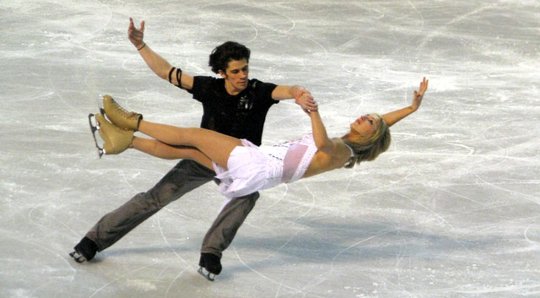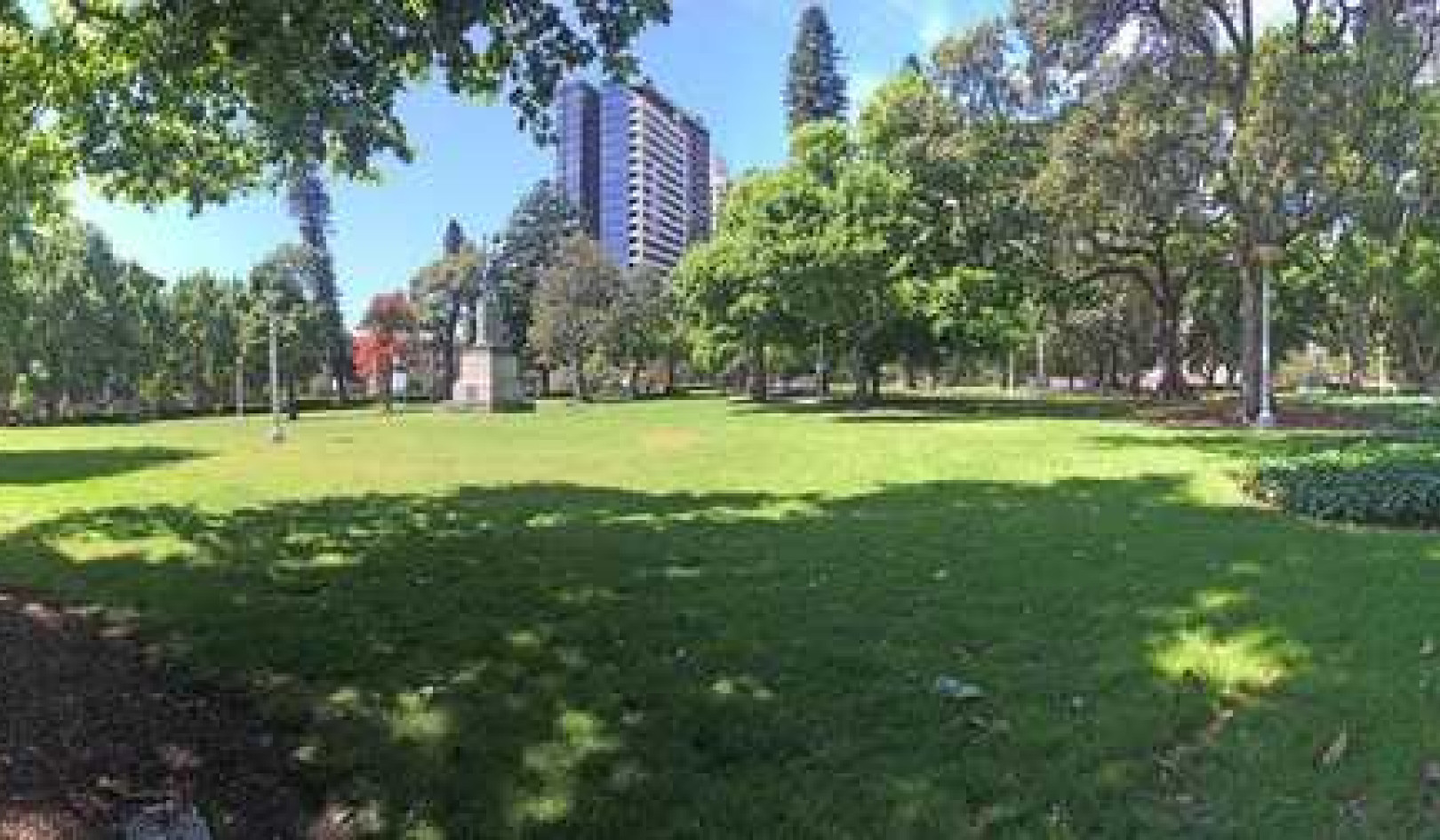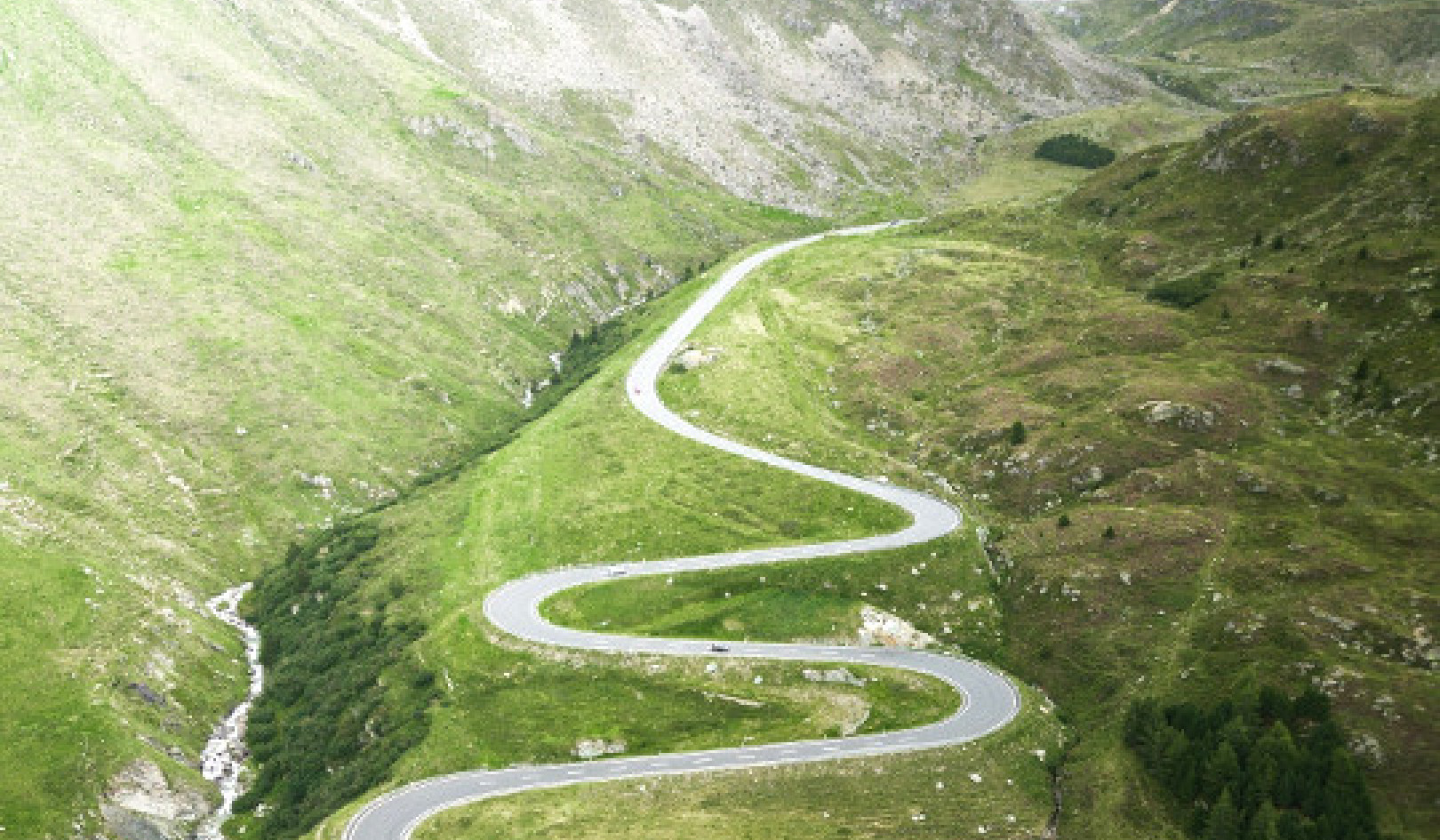
Have you ever noticed the way figure skaters move in flow with their music? If you watch carefully, you will notice that the best skaters are those who just let go and focus completely on the present state of their body. It is as if they have entered into a tiny, spotlighted moment during which the audience and the rest of the world disappear and they are alone in the rink. In those brief minutes they seem to forget everything and everyone and let their skates sing in a way that echoes the graceful lines of Life itself.
Other top athletes must also exercise this same type of meditation in order to compete at the peak of their abilities. They may not call it meditation, but that's what it is. I have caught athletes, actors, politicians, police officers, doctors, talk-show hosts, psychologists, singers, and homeless veterans meditating without being aware of what they were doing. You also have probably meditated without realizing it. We have all experienced moments such as this from time to time. It's no big mystery. What I am suggesting now is that you consciously seek them out.
Meditation needn't be limited to the little amount of time you dedicate to it each morning and evening. You can find many moments during the day that allow you an opportunity to practice. These don't have to be closed-eye meditations. These "moving meditations" are important techniques that can help you transfer your meditation to ordinary moments.
You can consciously practice meditation during just about any activity. For instance, much of this book was written in a meditative state. You may even be able to spot some of the passages that I wrote from a more egocentric viewpoint, others written during very shallow meditations, and a few from still deeper states. These differences reflect my own shifting states of consciousness. The goal in meditative writing is to set your mind inward while allowing your thoughts to flow from the deeper part of the mind without clinging to the passing words and sentences, just as a figure skater may lose her self-awareness and tap into that other place in the human experience that, somehow, each of us remembers when we think of it.
Even something as simple as walking can form the focus for a meditation. In walking meditations, much as in writing, the mind is focused inward -- something you will grow increasingly adept at -- while letting your movements come naturally without attachment. You become intensely aware of each movement within every step -- the motion of your steps, the rhythm of your breath, the swing of your arms. If this is done correctly, your movements become like prayers, quieting the mind and filling it with a sense of stillness and balance.
The overall aim of any moving meditation is transferring this sort of expansive experience to otherwise ordinary moments. Generally, meditation is performed with closed eyes, in stillness. Yet it does us little good if we are not able to maintain our peace during the course of the day. All of our time and activities can be devoted to spiritual development. It is really only a matter of motivation. As we realize the benefits of meditation, we begin to want to extend these benefits to every circumstance.
When we bring our meditative mindset to daily life, peace extends to our every step and breath, to our meals and our work, filling our days from morning till night. Folding the laundry can be a meditation; washing the dishes can be a meditation. In fact, all of our daily activities can be transformed into communion, opening us to the beauty of each step and every passing instant. Clarity is reflected in our eyes, actions, words, and thoughts, as a single devotion steps in to unite every separate aspect of our lives. In this way we can tap into the great internal flow and let our lives become a continuous meditation in motion.
Stop and practice
It is important to gradually increase the amount of time you spend in meditation so that eventually each session lasts for at least a half an hour. So even if you don't feel completely ready, give ten minutes once today to the following walking meditation. You'll need some room to walk around a bit. Also, this exercise may look a little funny to others, so you may feel more comfortable doing it in private.
1. Stand up straight, facing an area that allows you at least ten feet or better to walk. Clasp your hands together and hold them against your chest.
2. Relax. Take a minute to let your thoughts settle down a little. Take a few deep, deliberate breaths.
3. While you are looking directly ahead of you, center your awareness on your body; become aware of it. This is the focus of today's meditation. Let every thought extraneous to a simple quiet awareness of your body and its movements drift in and out of your mind.
4. Very slowly and deliberately lift one foot up and forward, and then place it on the ground just in front of you. Focus on the movement of your foot. Up, forward, down. Once your foot is firmly on the ground, repeat the action with your other foot. Again, be aware of each slow movement of your foot and leg.
5. When you reach the end of your walking space, turn around using a similar meditative awareness of the action while you do it. Then continue your meditative walk back in the direction from which you just came.
You aren't going anywhere; you are simply meditating. Your focus is on the movement. This is really just like your sitting meditations in that as other thoughts intrude, you continually return to your focus.
Reprinted with permission of the publisher,
New World Library. ©2003. http://www.newworldlibrary.com
Article Source:
The Power of Stillness: Learn Meditation in 30 Days
by Tobin Blake.
 The Power of Stillness comes as close as any book could to having a teacher by your side as you learn to meditate, sitting with you each day and gently guiding you through each meditation. The book provides an easy to follow 30-day program to learn what meditation is, how it might help you, and most importantly, how to do it. Meditation serves many functions: seeking direction, calming and stress relief, contemplating religious teachings, inspiration for creative endeavors, clarification of life’s purpose, delving into our inner selves, healing or coping with health issues. Millions of people now meditate regularly.
The Power of Stillness comes as close as any book could to having a teacher by your side as you learn to meditate, sitting with you each day and gently guiding you through each meditation. The book provides an easy to follow 30-day program to learn what meditation is, how it might help you, and most importantly, how to do it. Meditation serves many functions: seeking direction, calming and stress relief, contemplating religious teachings, inspiration for creative endeavors, clarification of life’s purpose, delving into our inner selves, healing or coping with health issues. Millions of people now meditate regularly.
Info/Order this book.
About the Author
 Tobin Blake has studied various metaphysical teachings for more than fifteen years and has been meditating regularly for nearly a decade. Through Self-Realization Fellowship, an international organization founded by Paramhansa Yogananda and now supporting more than 500 temples and meditation centers in fifty-four countries, Blake received training in the sacred practice of Kriya Yoga, the organization's highest meditation technique, which was first noted in Paramhansa Yogananda's classic, Autobiography of a Yogi. Visit his website at www.tobinblake.com
Tobin Blake has studied various metaphysical teachings for more than fifteen years and has been meditating regularly for nearly a decade. Through Self-Realization Fellowship, an international organization founded by Paramhansa Yogananda and now supporting more than 500 temples and meditation centers in fifty-four countries, Blake received training in the sacred practice of Kriya Yoga, the organization's highest meditation technique, which was first noted in Paramhansa Yogananda's classic, Autobiography of a Yogi. Visit his website at www.tobinblake.com






























